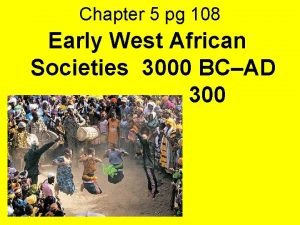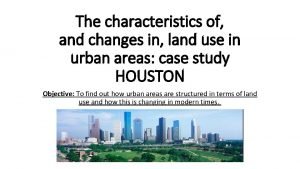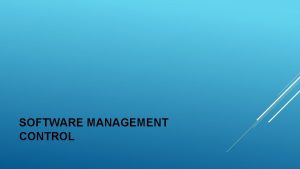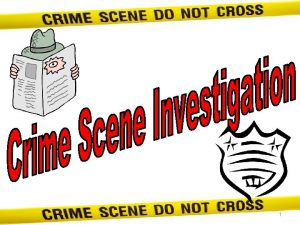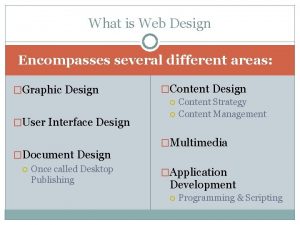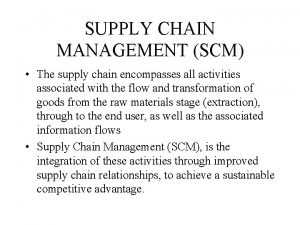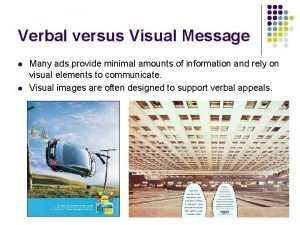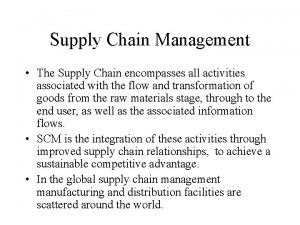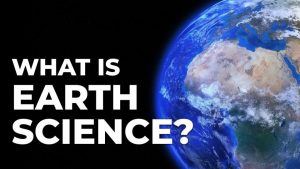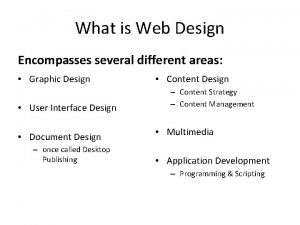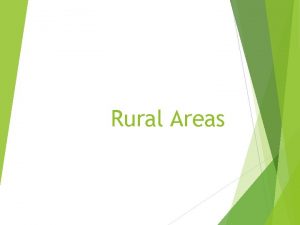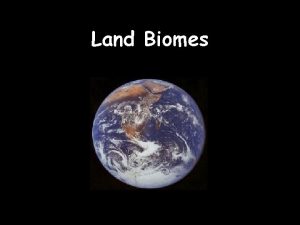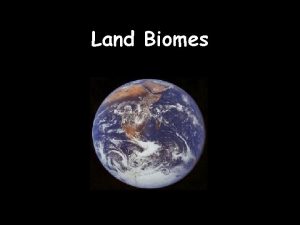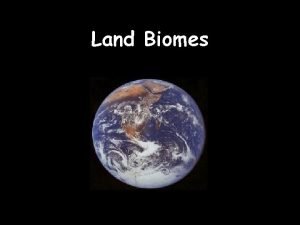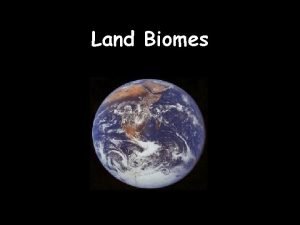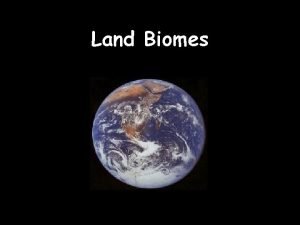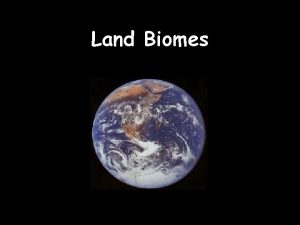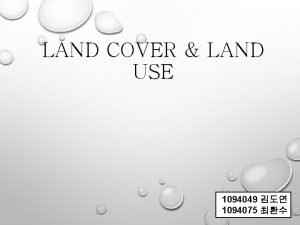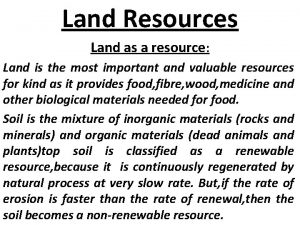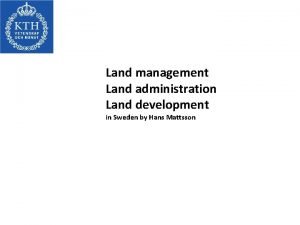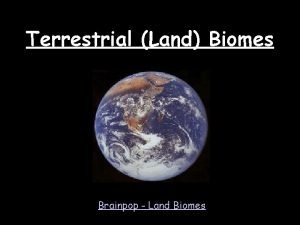Managing the Land encompasses 4 main areas 1



















- Slides: 19

Managing the Land encompasses 4 main areas: 1. Soil Conservation 2. Pest Management 3. Waste Management 4. Mining

1. Soil Conservation 1. Why is it important? a. Preserves organic matter in the top layer of soil necessary for plants. b. Cuts down on amount of sediments that wash into the Bay 2. Methods of soil conservation a. Contour Plowing- Instead of plowing up and down a hill, contour plowing is perpendicular to the slope of the land

Contour Plowing

Methods of Soil conservation (cont) b. No-till farming – Crops are harvested without overturning soil

2. Pest Management 1. Why is it important? a. In North America insects eat 13 % of all crops (33% worldwide) 2. Methods of Pest Management a. Pesticides- are chemicals that are applied to crops to kill pests. (herbicides fall into this category because they kill unwanted plants) 1. They can be harmful to beneficial plants and animals.

Example: DDT • DDT was a pesticide used to kill mosquitos and other insects. It caused problems when it got into the waterways and fish which were eaten by other animals.

Problems/Issues with Pesticides 2. Over time, some plants can develop pesticide resistance which is the ability to survive being exposed to a toxin. a. This is how pesticide resistance happens. See next slide! 1 2 3 4

Problems/Issues with Pesticides (cont) 1. Population of bugs becomes a problem in your home or garden 2. Homeowner calls a friendly exterminator 3. Most of the bugs die with an exception of a few superbugs that are resistant to the pesticide 4. The superbugs mate and their babies have the same trait for resistance

3. Bioaccumulation- This is a build-up of a toxin as it reaches higher levels of the food chain Example: Mercury builds up in fish affecting other animals that eat them

Another Method of Pest Management: Biological Controls • Making use of predator-prey relationships in nature. Examples: 1. Buying ladybugs online to eat aphids that eat leaves in your garden 2. Phorid flies used to kill fire ants (lay eggs in their heads)

3. Land Reclamation Why is it Important a. The process of returning the land back to its original or better condition after mining has taken place.

Tar Mining

Diamond Mining

Iron Mine in Brazil

Methods of Land Reclamation a. Involves returning topsoil, planting trees, neutralizing acids

Land Reclamation Before After

4. Waste Management 1. Why is it important? a. To prevent disease and land/water contamination 2. Methods of Waste Management a. Landfills- More than 50% of the municipal and manufacturing solid waste that ends up in landfills.

b. Incinerators- Where solid waste is burned. This also releases toxic fumes into the air. c. Recycling- Reusing material from products that would be thrown in the trash

Modern Landfill Leachate is the contaminated water that forms as rain travels through layers of a landfill.
 A strip of land that divides the desert from wetter areas
A strip of land that divides the desert from wetter areas Characteristics of land use in urban areas
Characteristics of land use in urban areas Software encompasses
Software encompasses What are the two basic requirements for a healthy scalp
What are the two basic requirements for a healthy scalp The biosphere encompasses all of the
The biosphere encompasses all of the English cuisine encompasses
English cuisine encompasses The term encompasses all objects
The term encompasses all objects It encompasses several different aspects, including
It encompasses several different aspects, including A encompasses all activities associated with the flow
A encompasses all activities associated with the flow The source characteristic of attractiveness encompasses
The source characteristic of attractiveness encompasses What encompasses all activities associated with the flow
What encompasses all activities associated with the flow What are landforms
What are landforms Identify the landform
Identify the landform Accenture delivery suite (ads) support
Accenture delivery suite (ads) support Ways of expressing future time
Ways of expressing future time Void main int main
Void main int main Main idea and supporting details
Main idea and supporting details Cái miệng xinh xinh thế chỉ nói điều hay thôi
Cái miệng xinh xinh thế chỉ nói điều hay thôi Các châu lục và đại dương trên thế giới
Các châu lục và đại dương trên thế giới Từ ngữ thể hiện lòng nhân hậu
Từ ngữ thể hiện lòng nhân hậu
